Nikon D5100
-
-
Written by Gordon Laing
Quality
Nikon D5100 vs Canon EOS 600D / Rebel T3i Real-life resolution (default settings)
Nikon D5100: JPEG versus RAW
| We photographed the scene above using the D5100’s RAW plus Large Fine JPEG mode, allowing us to directly compare images created from exactly the same data. Below are crops taken from the original JPEG file alongside the RAW version, processed in the optional Nikon Capture NX 2 software.When converted using the default settings (sharpness of 3), the RAW file was a fraction more contrasty than the in-camera JPEG – and looked better for it – but we wanted to see if the file would benefit from a little more sharpening. So the crops you see here were made using Capture NX’s default settings, but with the sharpness boosted a little from 3 to 4. Image processing settings are always a personal choice, but we’d say the D5100 certainly benefits from a little more contrast and sharpness. The difference in the crops below can be subtle at times, but overall the converted RAW version looks crisper without suffering from any undesirable artefacts. So if you’re after punchier, more consumer-friendly output from the D5100, consider either switching the in-camera Picture Style to Vivid, or better still, shoot in RAW and experiment with the settings in programs like Capture NX. 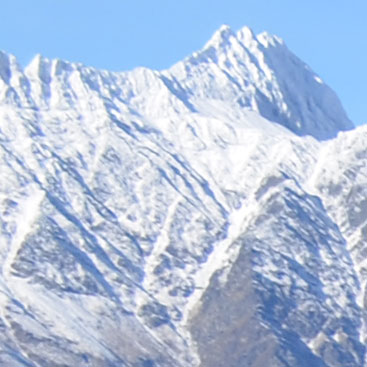 Now it’s time to check out the camera’s low-light performance in our Nikon D5100 High ISO Noise results page or if you’ve already seen enough skip straight to our verdict. |
Nikon D5100 (JPEG using in-camera defaults) with Nikkor DX 18-55mm VR | Nikon D5100 (RAW with Capture NX2, sharpness 4) with Nikkor DX 18-55mm VR | |
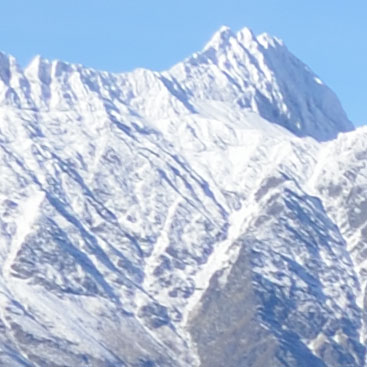 | ||
f8, 100 ISO | f8, 100 ISO | |
 |  | |
f8, 100 ISO | f8, 100 ISO | |
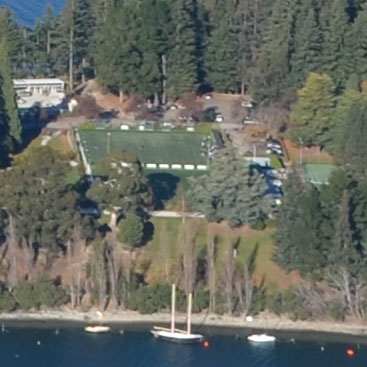 | 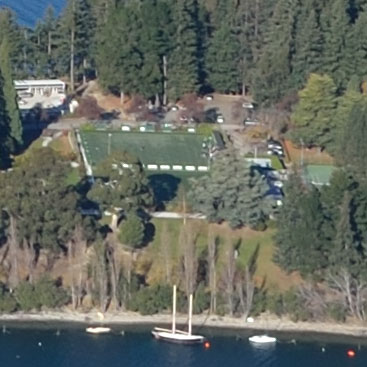 | |
f8, 100 ISO | f8, 100 ISO | |
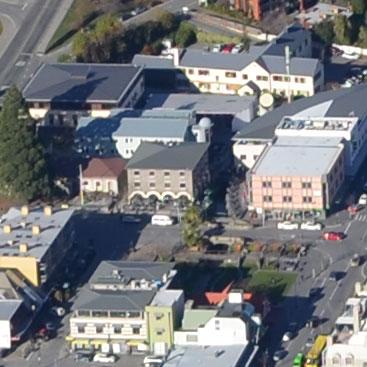 | 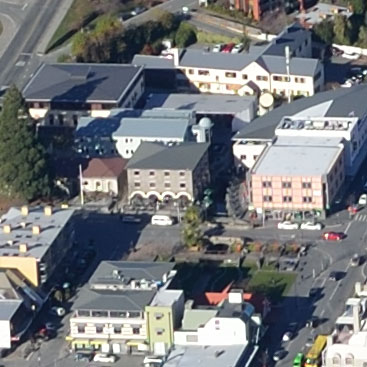 | |
f8, 100 ISO | f8, 100 ISO |
| ||
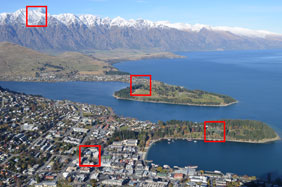 | To compare real-life performance we shot the same scene with the Nikon D5100 and Canon EOS 600D / T3i within a few moments of each other using their best-quality JPEG settings and base sensitivities. Scroll down for a comparison of JPEG and RAW.Both cameras were fitted with their respective kit lenses: the D5100 with the Nikkor DX 18-55mm VR and the 600D / T3i with the EF-S 18-55mm IS II. Both were set to f8 and focused on the target area using magnified Live View. |
The image above was taken with the Nikon D5100 set to Program, where it metered an exposure of 1/320 at f8 and 100 ISO. Interestingly after seeing many previous Nikon DSLRs over-expose this very bright scene, the D5100 metered it perfectly; although it should be noted the Winter Sun here in Queenstown New Zealand at the time I tested the D5100 was not as intense as in Summer, when models like the D7000 were tested. The Canon EOS 600D / T3i metered the same exposure moments later, so the crops below are from images taken with identical settings. Note the Canon crops show a slightly smaller area due to its slightly higher resolution.
So like my Nikon D7000 and Canon EOS 60D comparison before it, what you’re looking at here is a 16 Megapixel body versus one with 18 Megapixels, along with the influences of image processing and kit lens quality.
Starting with the first row of crops, the most obvious difference is the coloured fringing on the Canon crops, which appears completely absent on the Nikon. As we’ve seen many times before, this isn’t due to a difference in optical quality, but digital image correction: Nikon’s DSLRs have long-corrected for chromatic aberrations on in-camera JPEGs, whereas Canon continues to leave fringing present. It is possible to remove fringing on Canon RAW files using the supplied Digital Photo Professional, but it’s annoying not to find it happening automatically on JPEGs straight from the camera. This is a key advantage of the Nikon system to date, as the fringing really has compromised the ultimate quality of the 600D / T3i crops in a number of areas.
The difference in sensor resolution is apparent in the second row of crops, simply by the area of the crop itself, but do the Canon’s extra two Megapixels really give at any real-life detail advantage? Judging from this and the following crops, pixel peepers may notice a tiny amount of extra detail from the Canon, but it’s certainly not a deal-breaker for the Nikon.
The bigger difference again regards image processing, with the Canon (like its predecessors), applying greater contrast and sharpening than its rival for punchier results using the default settings. In comparison the Nikon crops look a little muted and soft, but is the Canon really better for it? In some respects, the Canon crops look a little over-cooked compared to the very natural approach of the Nikon, which seems to have struck the balance between applying enhancements without suffering from unnatural-looking artefacts.
Of course, this is all subjective. Some may prefer one approach over the other, and it’s also possible to tweak the settings on either camera to deliver exactly the results you want. Two things are however clearly apparent from this comparison: first, the two Megapixel difference between the two models is negligible when it comes to real-life detail, and secondly, the Canon often suffers from its lack of in-camera chromatic aberration reduction. The final row of crops in particular show a preferable result for the Nikon, but if fringing had been eliminated on the Canon (such as via a RAW file), the advantage would actually side with the Canon. As such, if you’re shooting high contrast scenes with in-camera JPEGs, the D5100 would arguably enjoy an edge over the 600D / T3i.
Find out what benefit there is to shooting RAW by scrolling to the bottom of this page, or if you’re ready to check out more results, head on over to my Nikon D5100 High ISO Noise page; alternatively to skip to the chase, head straight to my Nikon D5100 verdict.
Nikon D5100 (JPEG using in-camera defaults) with Nikkor DX 18-55mm VR | Canon EOS 600D / T3i (JPEG using in-camera defaults) with Canon EF-S 18-55mm IS II | |
 | 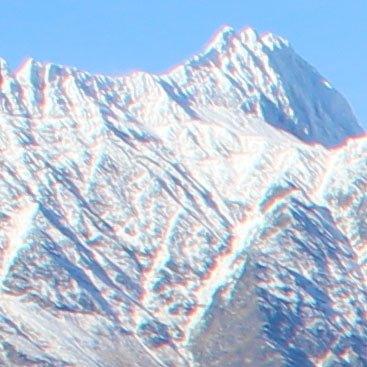 | |
f8, 100 ISO | f8, 100 ISO | |
 |  | |
f8, 100 ISO | f8, 100 ISO | |
 | 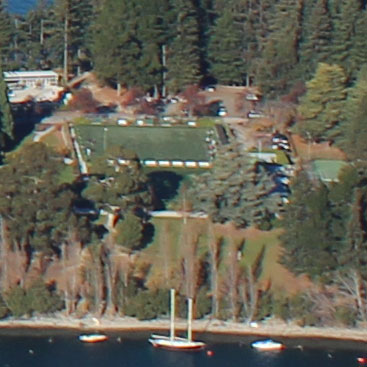 | |
f8, 100 ISO | f8, 100 ISO | |
 | 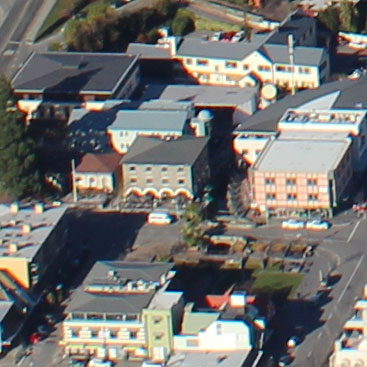 | |
f8, 100 ISO | f8, 100 ISO |
Nikon D5100 vs Canon EOS 600D / T3i High ISO Noise (JPEGs using default settings)
|
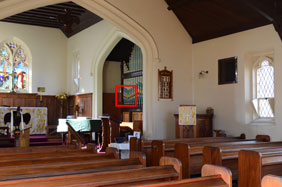 | To compare noise levels under real-life conditions we shot this scene with the Nikon D5100 and Canon EOS 600D / T3i within a few moments of each other using their best-quality JPEG settings and at each of their ISO settings. See our upcoming review for RAW results. Each camera was fitted with its respective kit lens, the Nikkor DX 18-55mm VR and Canon EF-S 18-55mm IS II, both set to f8, adjusted to deliver the same field of view, and focused using Live View at the highest magnification. |
Noise Reduction was set to the default options on each camera, although we disabled any automatic contrast-enhancing modes as these can artificially introduce noise. As such, Active D-Lighting on the D5100 and Auto Lighting Optimizer on the Canon were disabled. The image above was taken with the Nikon D5100 at 100 ISO with an exposure of 1 second and the lens set to 30mm f8; the original Large Fine JPEG measured 5.12MB. The crops below are taken from the area marked with a red square and presented here at 100%. The crops from the Canon EOS 600D / T3i show a slightly smaller area due to its slightly higher resolution.
Interestingly, unlike several previous Nikon DSLRs, the D5100 actually metered this scene a little darker than we liked. So to reveal shadow detail we applied +1EV compensation, which coincidentally matched the metered 0EV exposure of the Canon EOS 600D / T3i. As such, the crops you see below are taken from identical exposures on each camera, starting at 100 ISO with one second at f8. As the ISO doubled, the shutter speed halved.
The sequence starts below at 100 ISO, the lowest sensitivity on each camera, where both deliver clean and detailed images as you’d expect. The Canon EOS 600D / T3i enjoys two extra Megapixels of resolution, but you’d be hard pushed to notice any greater detail, although there are quite apparent differences in processing styles using the default settings. As we’ve seen before, the applied contrast on the Canon is stronger by default, lending a slightly punchier look to its images, although some may prefer the more laid-back approach of the Nikon. The stronger contrast of the Canon is partly responsible for the slightly darker image given the same exposure, although the Nikon may also be fractionally more sensitive.
At 200 ISO, pixel peepers straining their vision may notice the slightest evidence of textures beginning to appear in the background, but to all intents and purposes, both cameras continue to deliver clean, detailed and virtually noise-free results at this sensitivity. At 400 ISO there’s a fractional increase in the textures, but again nothing to be concerned about.
With the sensitivity doubled to 800 ISO, noise is becoming more apparent, although not at the loss of fine detail. As we’ve seen before, Nikon’s noise textures and processing artefacts look finer and more grain-like compared to Canon’s, which look a little blotchy and less natural-looking in comparison. Again though, the important thing is both are delivering very usable results at 800 ISO.
At 1600 ISO, the noise levels and processing artefacts are increasingly obvious, and both cameras have also begun to lose a little saturation. Slightly heavier processing on the Canon is again resulting in less natural-looking artefacts and grain than the Nikon, but that said, we wouldn’t say one has taken a technical lead over the other, with any preference being personal.
With the sensitivity at 3200 ISO we’d say the Nikon D5100 begins to enjoy a small lead over the Canon in overall quality, and similarly the 6400 ISO sample from the Nikon is also preferred. At 12,800 ISO, the maximum for the Canon, the D5100 retains greater detail and again delivers a more natural-looking result – although both are very noisy at this point and should only be used at this sensitivity for emergencies.
Like the D700 before it, the D5100 then makes a pointless piece of one-upmanship by offering a 25,600 ISO setting, which unsurprisingly delivers an image plagued with noise as you’d expect. Unlike the D7000 though, the D5100 additionally offers a Night Vision option as part of its new EFFECTS mode which can operate at up to 102,400 ISO. We’ve included a sample of this scene in the Night Vision mode, which under these fairly well-lit conditions, selected a sensitivity of 6400 ISO. See our Nikon D5100 sample images for an example under much dimmer conditions.
Overall the results seen on this page are a repeat of our earlier Nikon D7000 vs Canon EOS 60D High ISO Noise page – this shouldn’t be surprising since both cameras share the same sensors, and as far as we understand, the same image processing styles. As such, both cameras are roughly neck-in-neck up to 800 ISO. At 1600 and 3200 ISO, the D5100 begins to enjoy a small but noticeable benefit, with more natural-looking artefacts, then at 6400 ISO and above, the D5100’s lead becomes more apparent. While the 25600 ISO setting is a step too far, the results here for the D5100 are very impressive. Like the D7000 before it, noise may be visible from low sensitivities, but it’s always natural-looking, and overall the camera delivers very pleasing results throughout its range using the default settings.
Now for more real-life images, check out our Nikon D5100 sample images, or head straight to the D5100 verdict.
Nikon D5100 (JPEG using in-camera defaults) with Nikkor DX 18-55mm VR | Canon EOS 600D / T3i (JPEG using in-camera defaults) with Canon EF-S 18-55mm IS II | |
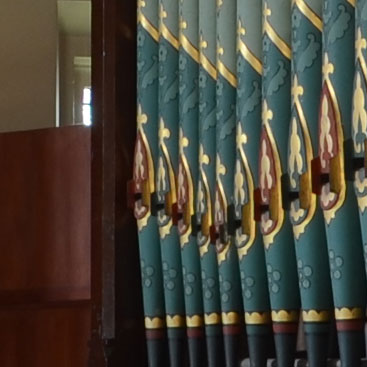 | 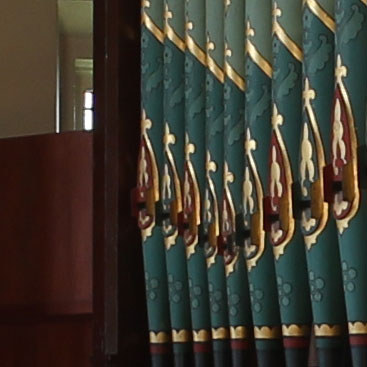 | |
100 ISO | 100 ISO | |
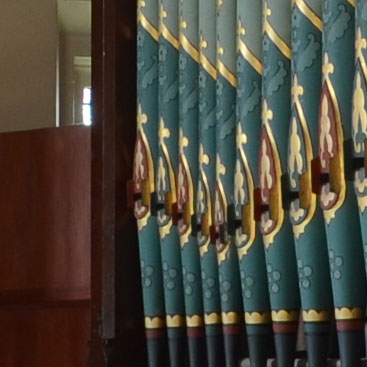 | 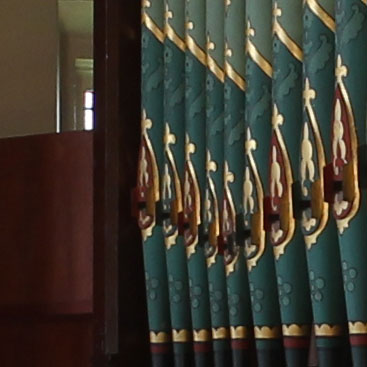 | |
200 ISO | 200 ISO | |
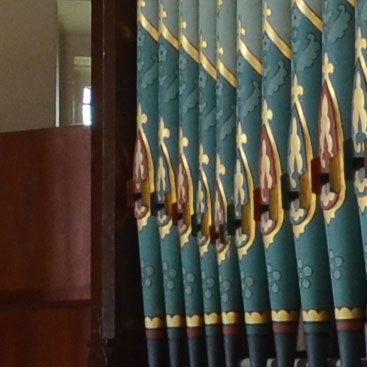 | 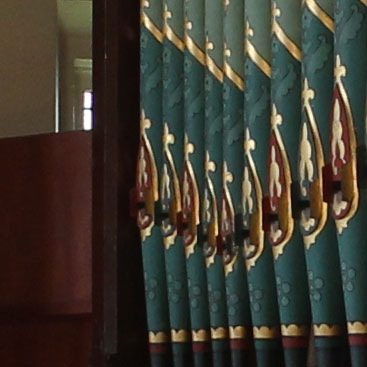 | |
400 ISO | 400 ISO | |
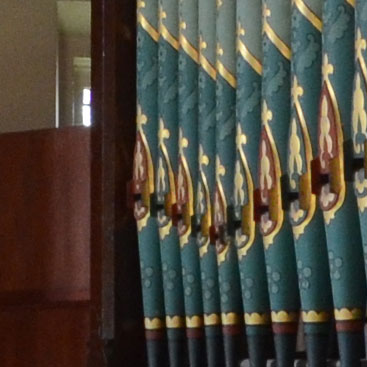 | 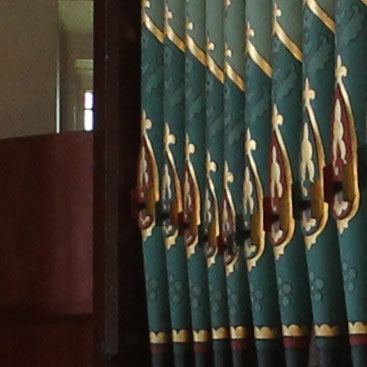 | |
800 ISO | 800 ISO | |
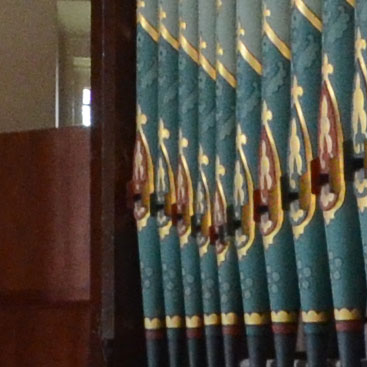 | 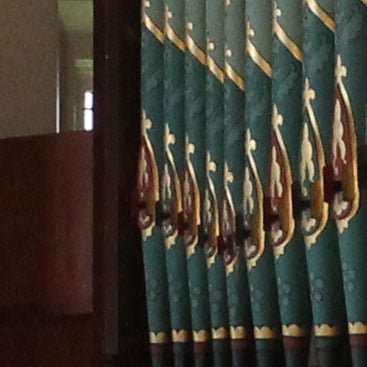 | |
1600 ISO | 1600 ISO | |
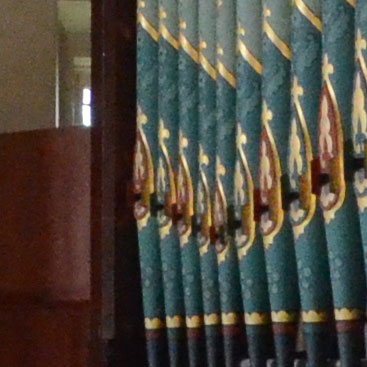 | 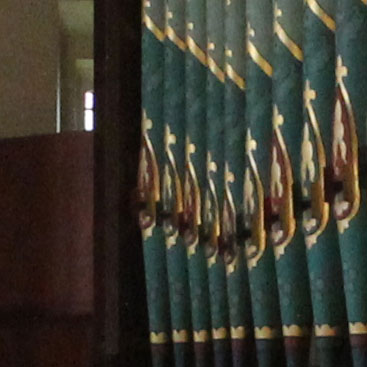 | |
3200 ISO | 3200 ISO | |
 | 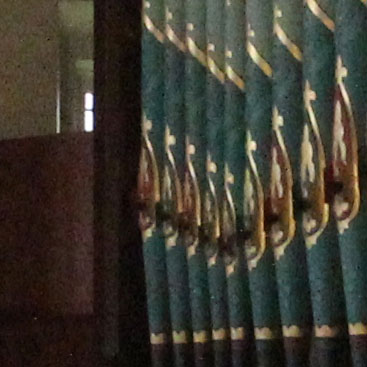 | |
6400 ISO | 6400 ISO | |
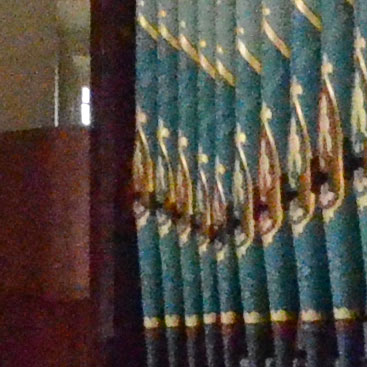 | 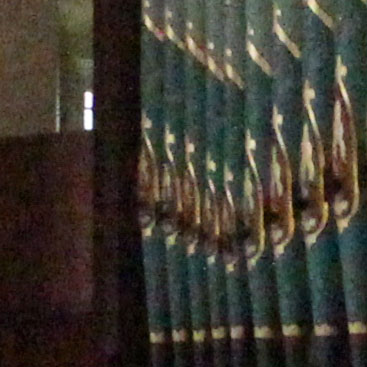 | |
H1.0 (12800 ISO) | H (12800 ISO) | |
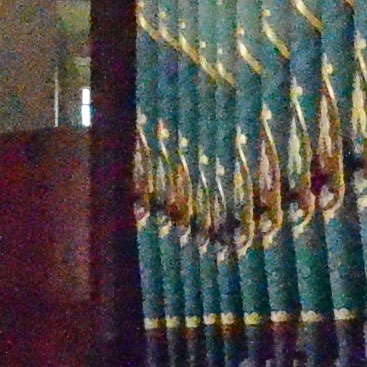 |  | |
H2.0 (25600 ISO) | 25600 ISO not available | |
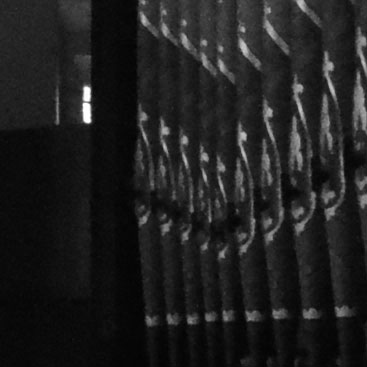 |  | |
Night Vision mode (here at 6400 ISO) | Sensitivities higher than 12,800 ISO not available |






